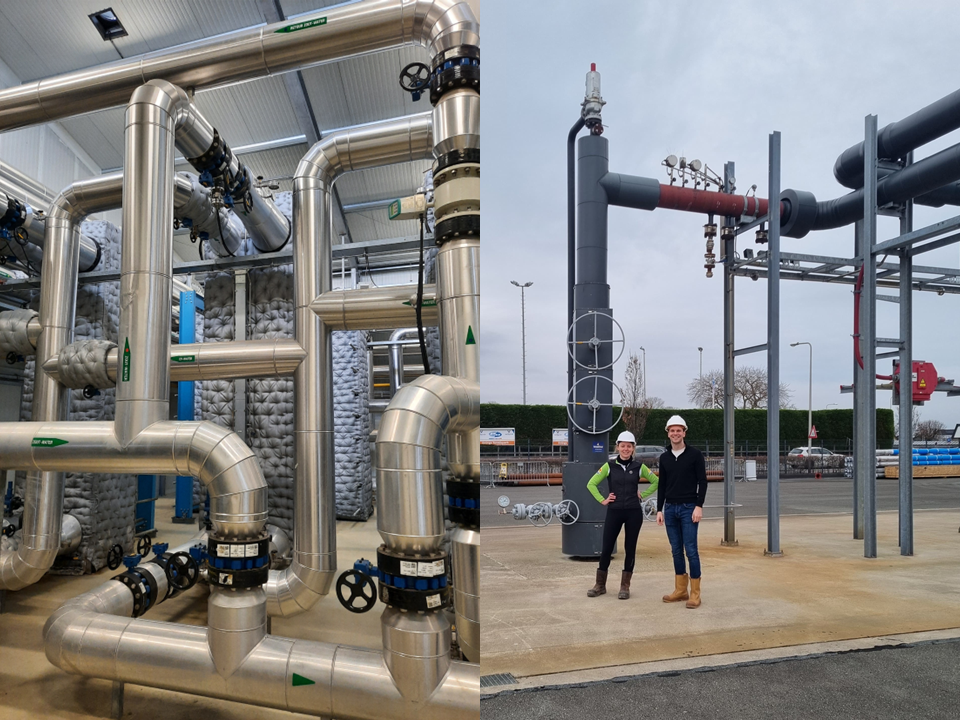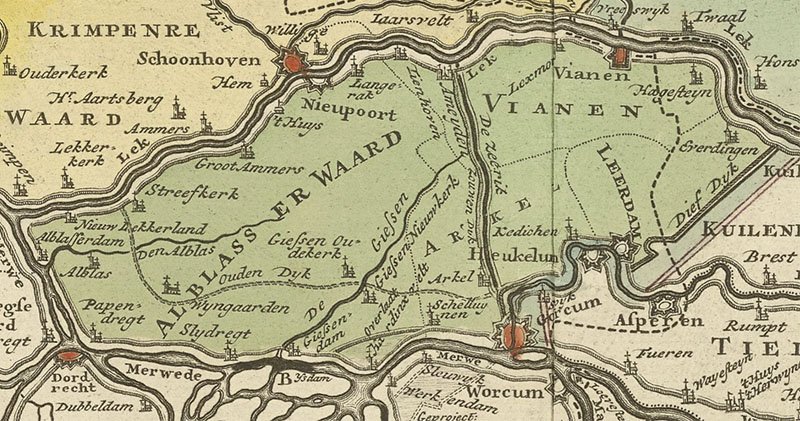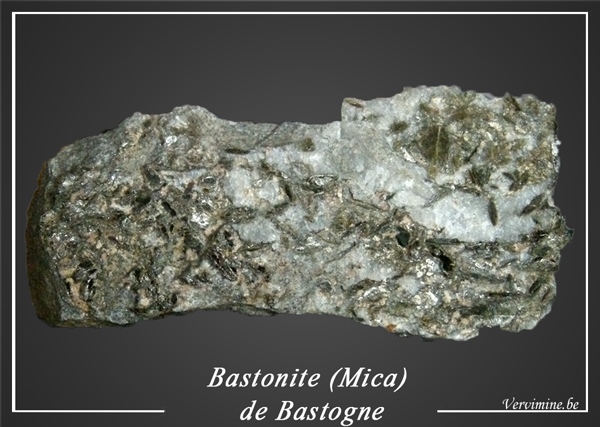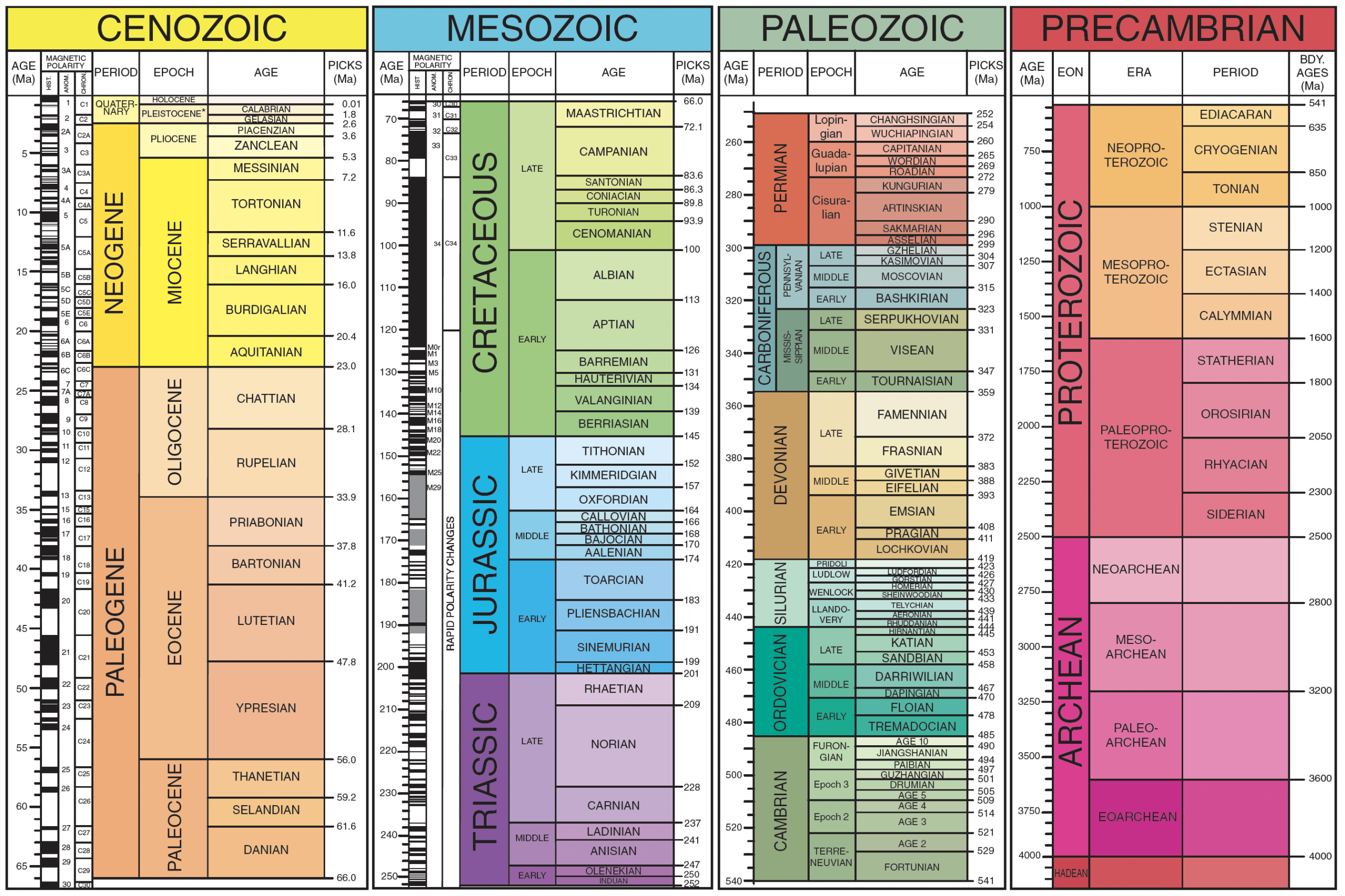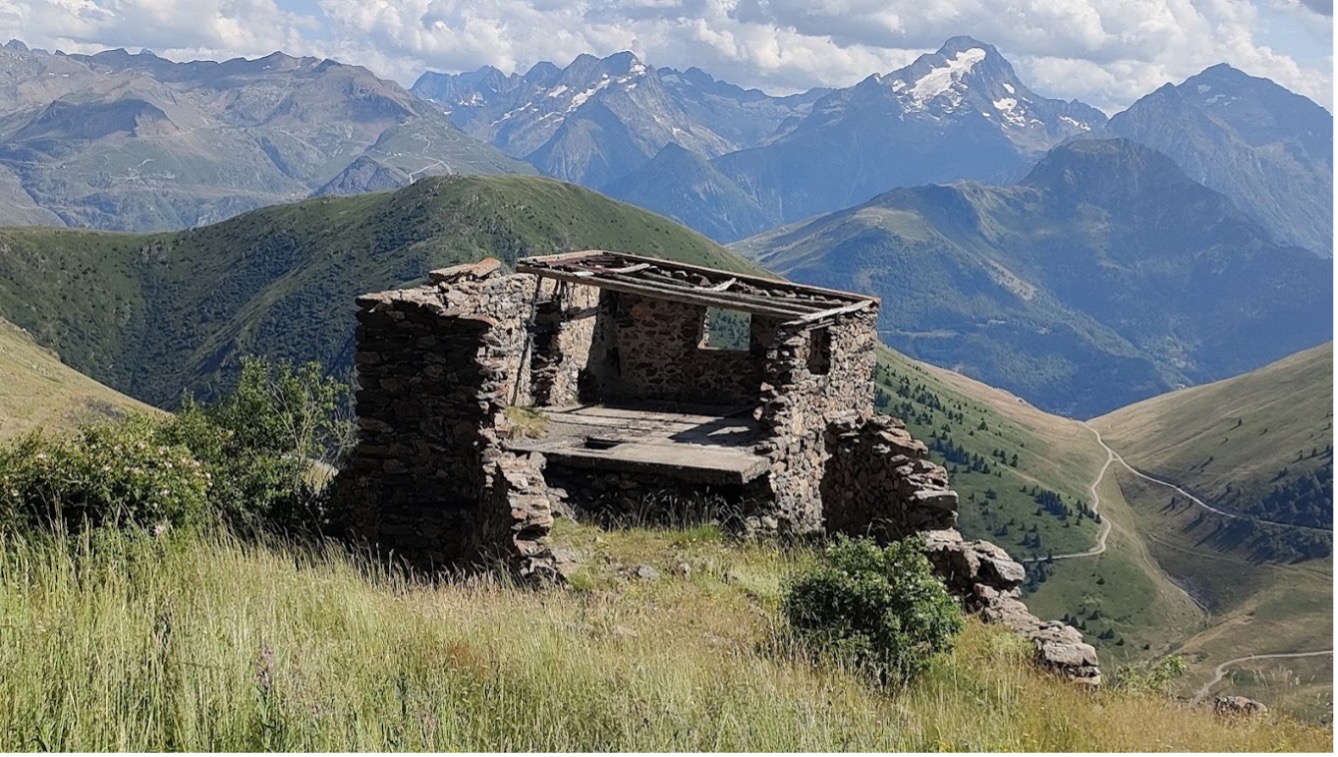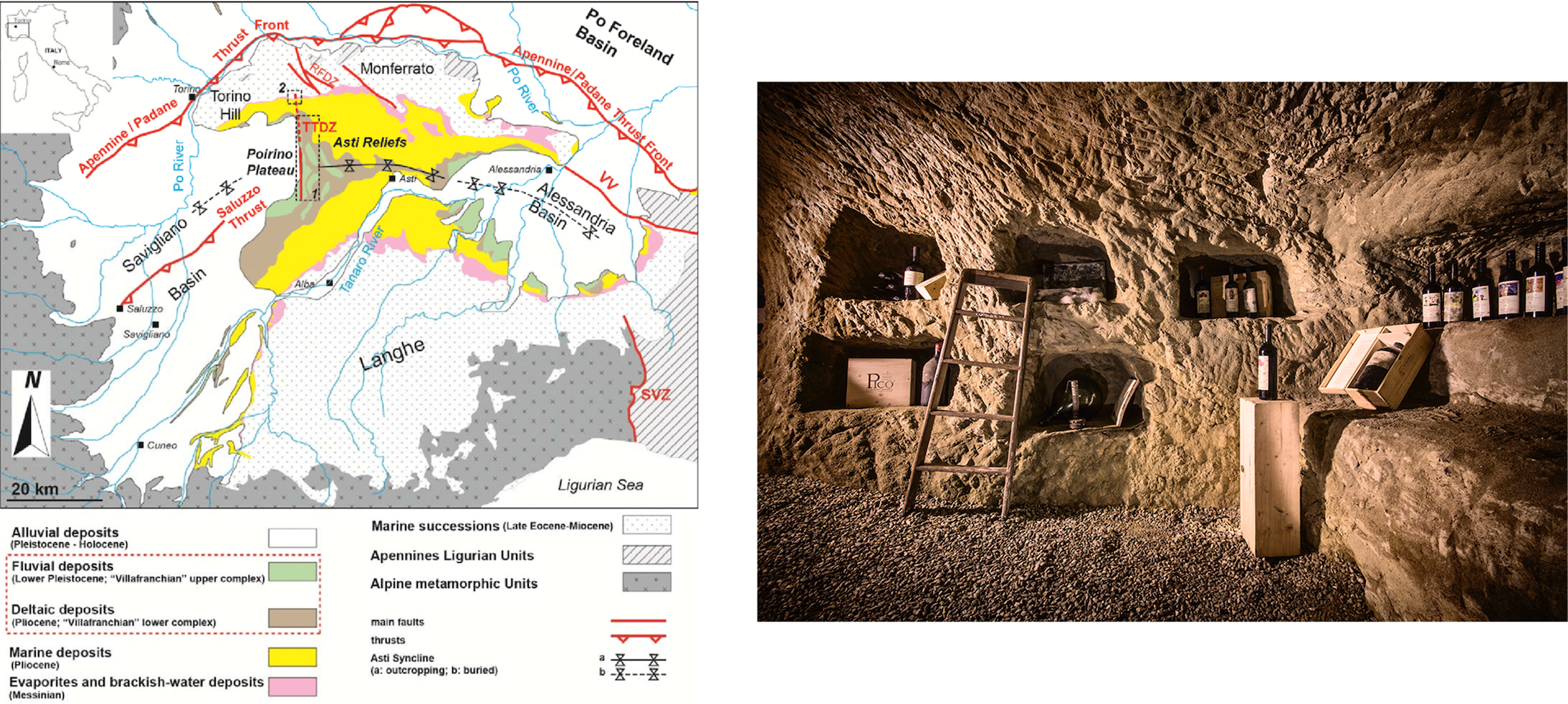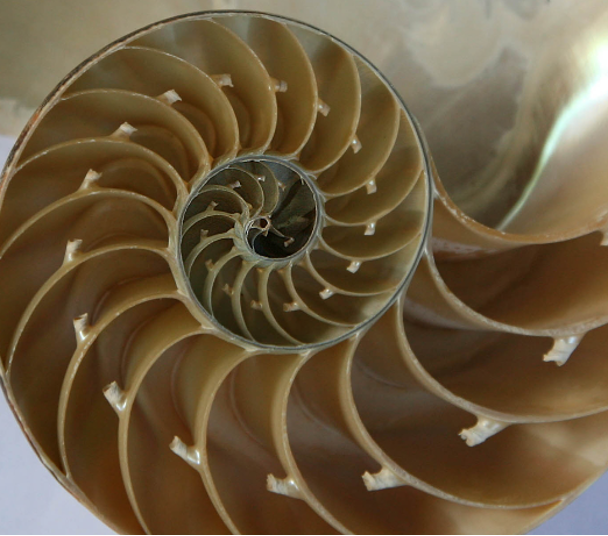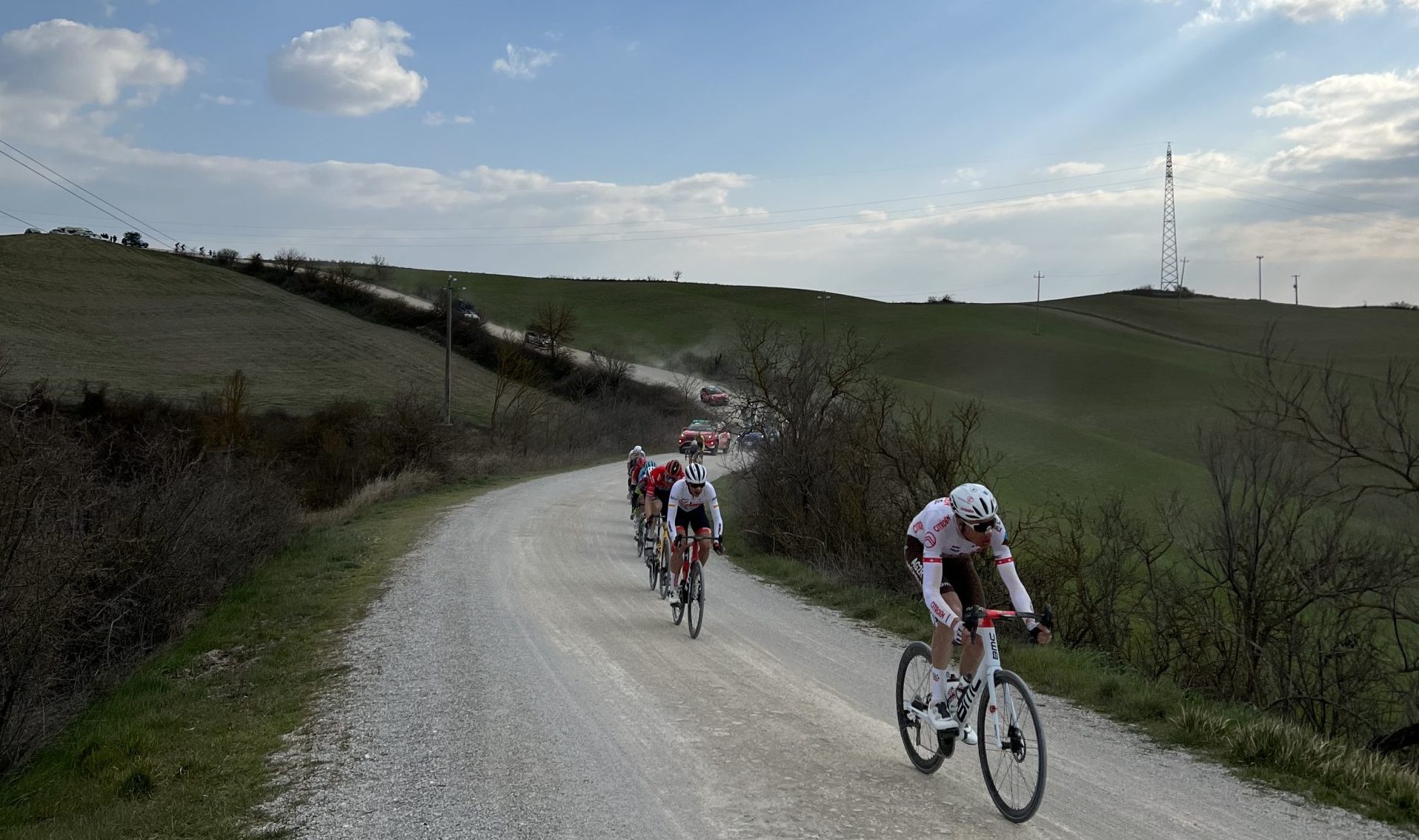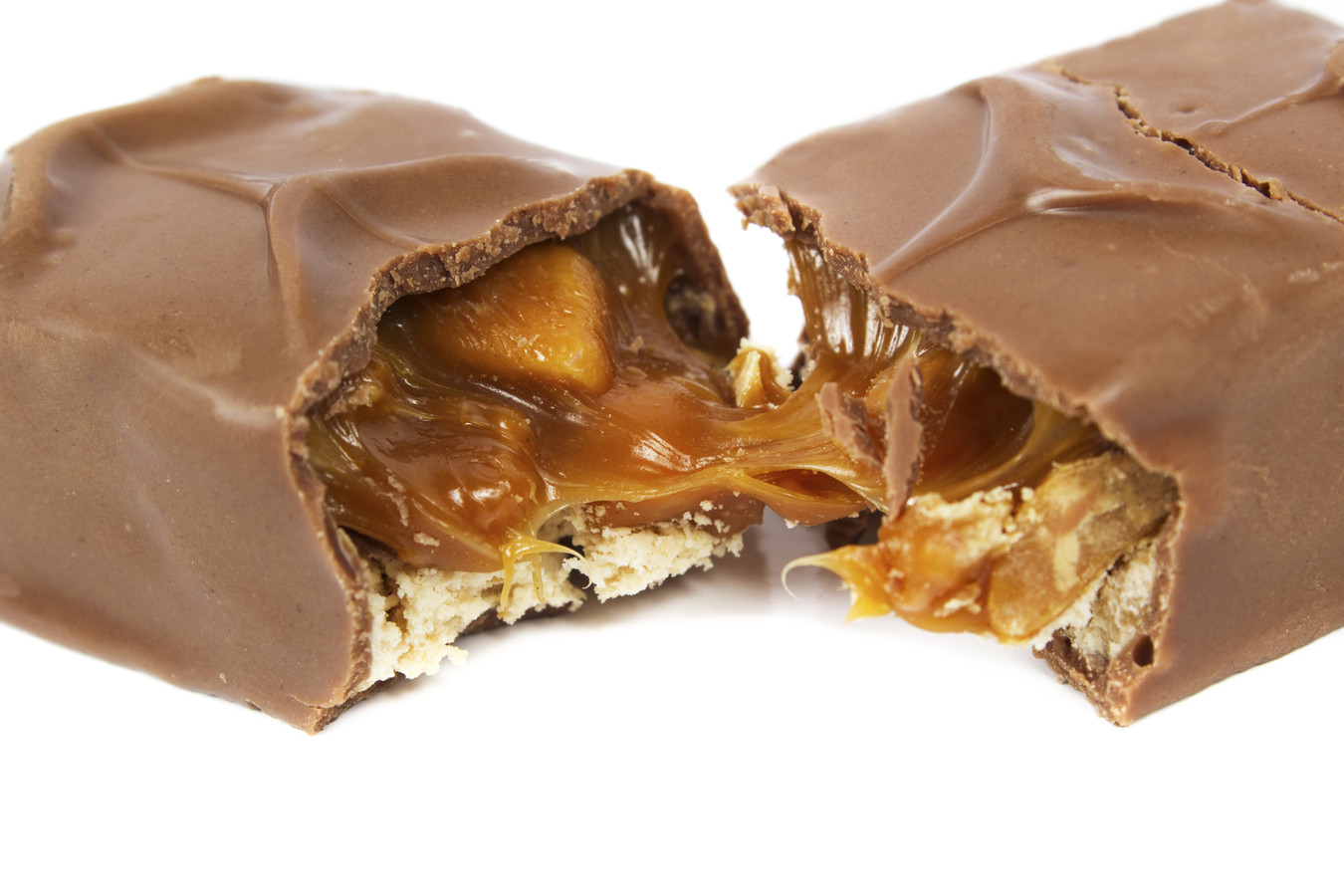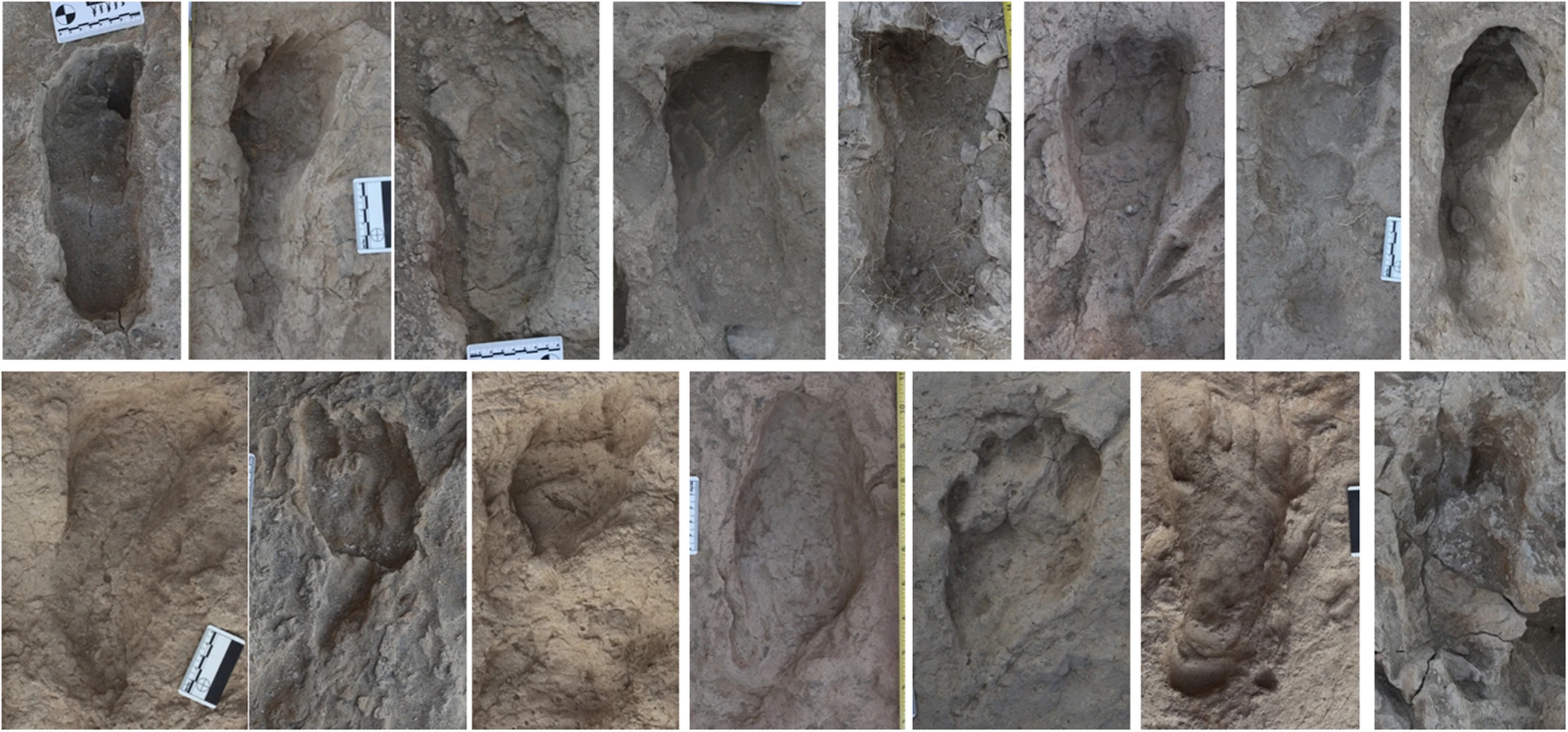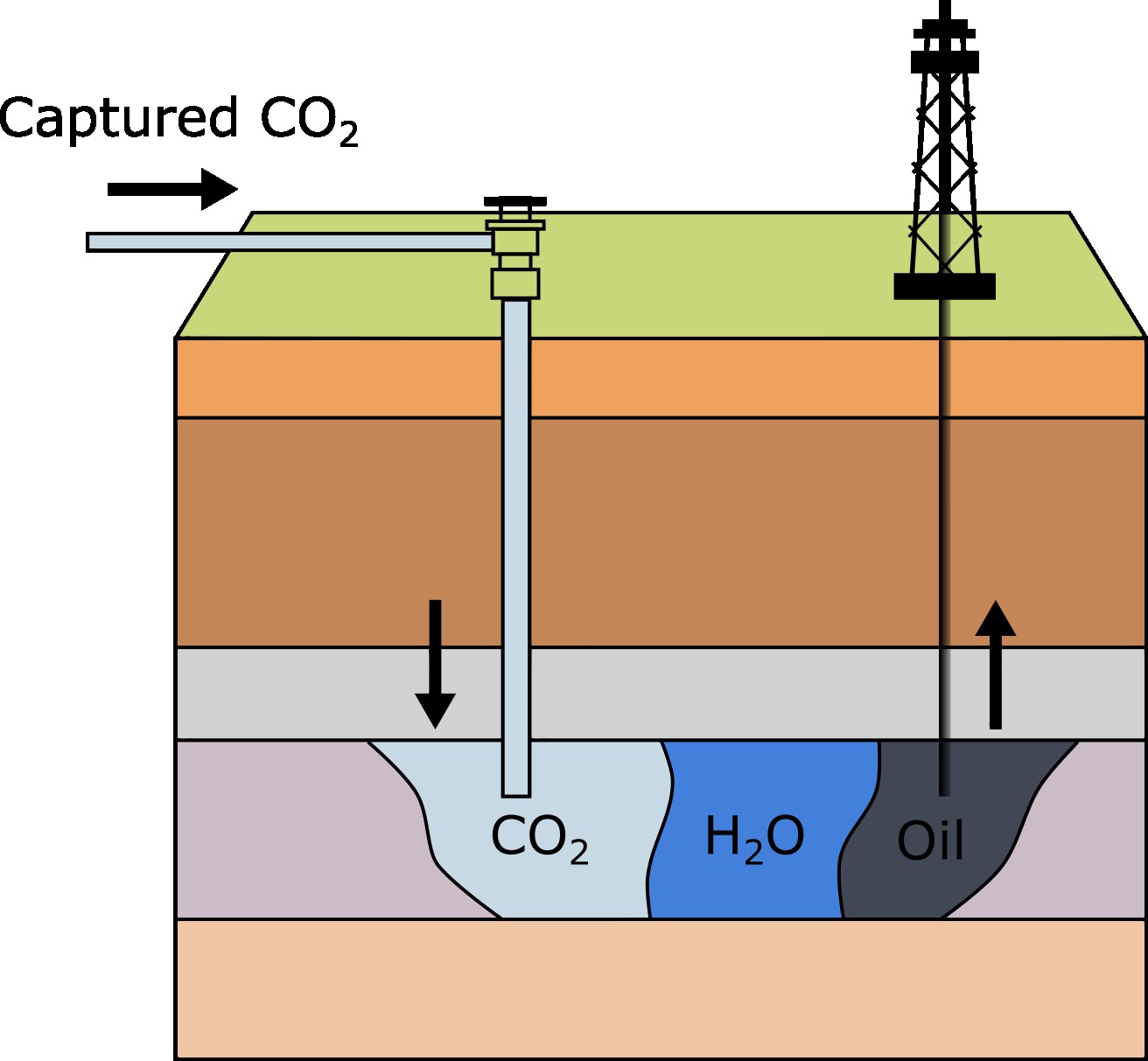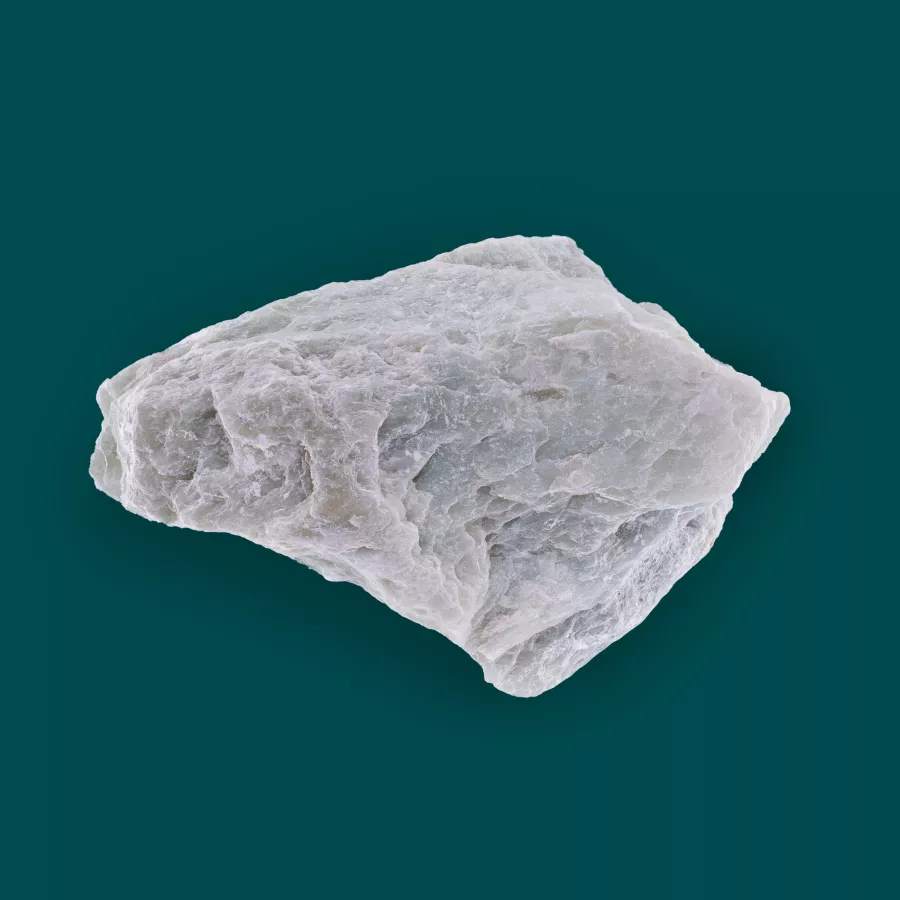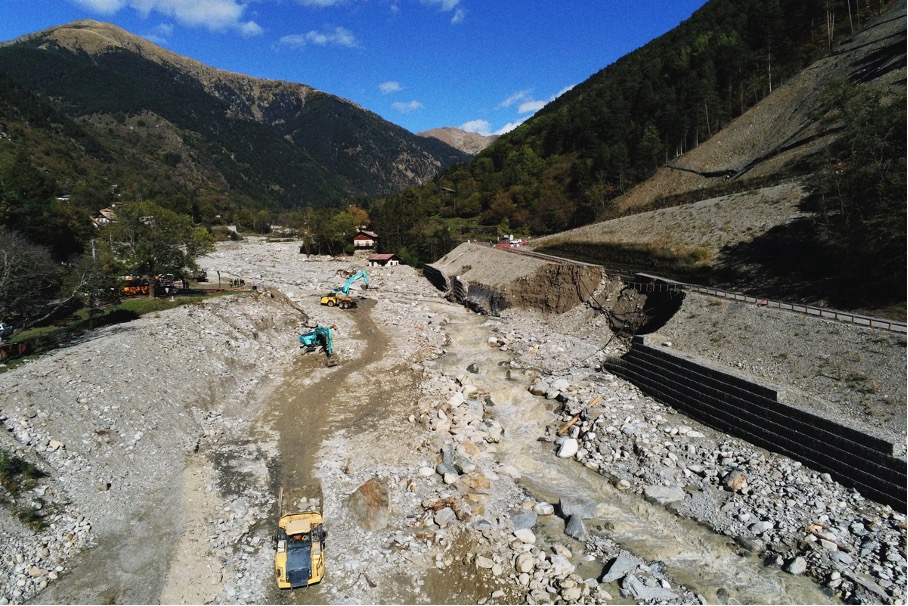-
Stage 1: warming up
We hope the riders on stage one have a good warming up but we look at a different sort of warmth called geothermal heat.
-
Stage 2: Tidal
Three large tidal channels in the Rhine-Meuse mouth region of Dordrecht and Rotterdam in the South of Holland feature on stage two of the Tour de France Femmes. It is not only river branches that cut up the Netherlands. It is also the dykes along them. Crossing rivers also means crossing dykes. Crossing over to…
-
Stage 4: The chase
The speed of the chase of a peloton vs a breakaway is easily calculated but how do you measure that of an underwater lizard?
-
Stage 5: Ardennes
In the Ardennes we climb up the valleys instead of up the hills. It’s a fascinating and old geological story for stage 5.
-
Stage 6: Jurassic
The Jura Mountains are the name giver of the Jurassic geological time period but how do you define such a period?
-
Stage 7: Jura to the Alps
As we from Jura to the Alps we have some good geological questions. Like, why is there a plateau between Jura and Alps?
-
Stage 8: Let’s climb
Let’s climb 3700 meters of elevation. Let’s ride 150 kilometers to conclude this Tour de France Femmes. How can we do that better than with the iconic 21 legendary hairpins of Alpe d’Huez. The grand finale of this year’s Tour de France Femmes traverses through the depths of an ancient ocean. It has been uplifted…
-
Stage 1: A shaky start
Stage 1 could get off to a shaky start as Italy is prone to earthquakes. We explain what happens below the ground.
-
Stage 2: Add some salt
Can you imagine the Mediterranean completely barren and dry? It happened in the Messinian. Today we add some salt to the stage.
-
Stage 3: A long ride
It’s a long ride on stage 3 of the Tour de France today but along the route riders and spectators will be able to see some amazing things like underground wine cellars
-
Stage 4: An ocean on a mountain
How do you get an ocean on top of a mountain? Follow the journey of the oceanic rocks to the top of the Montgenevre.
-
Stage 5: What time is it?
How do you determine what time it is when you are examining rocks? Ask the ammonite! These fossils lived in the seas along today’s course.
-
Stage 6: Wine and mustard
Geology shapes the landscape but also how to use it. The Bresse Graben along stage 6 made for great transport routes and fabulous wine.
-
Stage 7: Ancient seas make fine wines
Ancient seas make fine wines. This is true for Burgundy where limestones from the time the land was covered in sea, define wine flavor.
-
Stage 8: Building history
We are building history with limestone today, after making wine yesterday and racing gravel tomorrow. It’s a limestone weekend!
-
Stage 9: It’s all about gravel
Limestone is at the basis of today’s stage as it is the very foundation we race on. It’s all about gravel on stage 9 but what is gravel?
-
Stage 10: The Paris Basin
The surface of stage 10 may seem flat but below the wheels of the riders we find the fascinating history of the Paris Basin.
-
Stage 11: Fiery future
What if stage 11 would take place in a fiery future? What if there would still be volcanic activity around the course?
-
Stage 12: First humans
We looked under the earth, at rocks, dinosaurs, high mountains, deep plate tectonics, and oceans but we never looked at the people on the earth. There are almost 8 billion of us right now and 68 million of them in France but there was a moment the first hominid, or early humans, entered what we…
-
Stage 13: Fuel up
Riders need to fuel up for stage 13 but so does most of the race caravan. France has oil and gas reserves but also uses geology to store CO2.
-
Stage 14: Tectonic training camp
For today’s stage 14, Earth went on a tectonic training camp to work on the strong forces needed to create those Pyrenean climbs.
-
Stage 15: Velo d’ore
We ride through the Pyrenees on stage 15. The region is rich in ore. Some ores are used in our tyres making them a true velo d’ore.
-
Stage 16: Dinosaur paradise
In a true dinosaur paradise, a set of big teeth were found near stage 16 finish line. It led to the discovery of a new species of dinosaur.
-
Stage 17: Vercors
The Vercors Massif of stage 17 brings us truffles grown on limestone from an ancient sea plus a natural fortress to defend against the enemy.
-
Stage 18: Uplifting story
Ready for an uplifting story? The Alps of stage 18 are still getting higher. Will the riders have to climb even higher next year?
-
Stage 19: How high is high?
How high is high is the question when we cross the highest peak of the Tour de France on stage 19. The science of geodesy has the answer.
-
Stage 20: Catastrophe
In 2020 catastrophe hit the Vésubie valley, a place we see on stage 20. Sediments from the river caused major damage. It could happen again.
-
Stage 21: Underwater Alps
Do the underwater Alps exist? We look at plate tectonics one more time and find a twist in the tale on the Mediterranean coast on stage 21.



